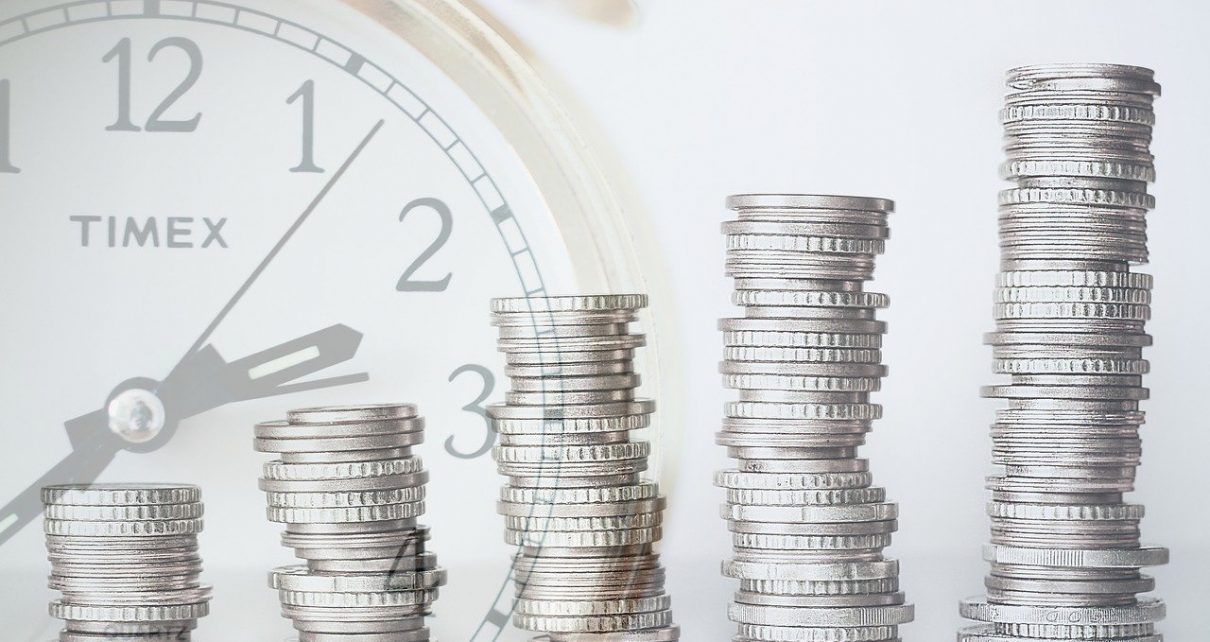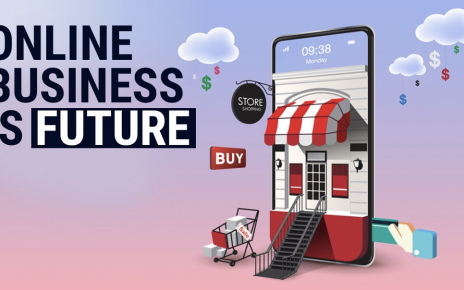When you need to borrow money, whether it’s for home improvements, a new car or a well-earned break, you must shop around. There are hundreds of personal loan products out there with different terms, fees and structures, so you must spend some time searching for the best fit for you.
To illustrate, consider that you’re planning on starting a home renovation or expansion project. You want to add a patio, maybe a sunroom, remodel the kitchen, etc. So, you would need to procure the raw materials, hire a builder or a sunroom contractor here or from elsewhere, maybe spend on manual labor, and so on. All of that requires a ton of money, and so you want to go in for a loan. But what is the right loan for this particular job? Is it a home loan or a bridging loan? Secured or unsecured?
We take a look at the key questions that will help you find a personal loan that represents the best deal, whatever it is you want to spend it on.
Secured or unsecured?
The first thing to consider is whether you want a ‘secured’ or ‘unsecured’ loan. A secured loan will usually be for a larger amount of money and will require you to provide an asset, such as a house or a car, as security for the loan. If you do not make the loan repayments, that asset can be repossessed by the bank. Secured loans tend to have more attractive rates with longer repayment terms, but the added risk to your assets makes many borrowers rightfully wary. Examples of a secured loan include mortgages and vehicle loans.
Unsecured loans are typically for smaller amounts but with no requirement to provide personal assets as security. If you do not make the repayments, you will be pursued by the lender through the courts but your personal assets will not be repossessed. Due to the added risk for the lender, the interest rates on personal loans tend to be higher and the loans are for shorter terms. Examples of an unsecured loan include credit cards and student loans.
How long do you want to borrow the money for?
The amount of time it will take to repay the loan, known as the loan term, can differ dramatically on personal loans. Some specialist personal lenders such as Wonga can provide a personal loan over terms as short as three months, while personal loans from a bank typically have a term of one to five years.
As a very simple rule, you should always try to repay the loan over the shortest term possible, as that will reduce the total amount of interest you pay. However, the shorter the term, the higher the monthly repayments, so do your calculations very carefully and always ensure it’s an amount you can comfortably afford to repay.
What is the rate of interest?
The rate of interest, known as the APR (annual percentage rate), is the amount over and above the balance of the loan that you will have to repay. Generally speaking, the lower the rate of interest, the better, although over a longer term, a loan with a lower rate of interest could prove to be more expensive than a shorter-term loan with a higher rate of interest. So before taking your loan from somewhere like FatCatLoans.ca (https://www.fatcatloans.ca/), make sure you are okay with all the details pertaining to it.
Other factors to consider when looking at the interest rate on a loan include:
- You may not receive the headline rate: The headline rate that you see advertised on a loan may not be the actual rate you receive. Headline rates are typically only available to customers with excellent credit scores. Instead, you should pay attention to the ‘typical rate’, which is the rate of interest most borrowers with that loan will pay.
- Fixed or variable rate: A fixed interest rate is one that will remain the same for the duration of the loan or for a predetermined period. A variable rate is one that can go up and down as the lender chooses and that will impact on your monthly repayments.
- Charges and other fees: Although the interest rate on a personal loan may be low, there could be additional fees and charges that make it more expensive overall than a loan with a higher rate of interest. Always take the time to calculate the total cost of the loan before you sign on the dotted line.
Do you really need the money?
Before applying for a personal loan, the final and most important question you should ask yourself is whether you need to borrow money at all. Consider whether there are other ways you could finance a purchase or get around a financial problem by reducing your unnecessary spending.





